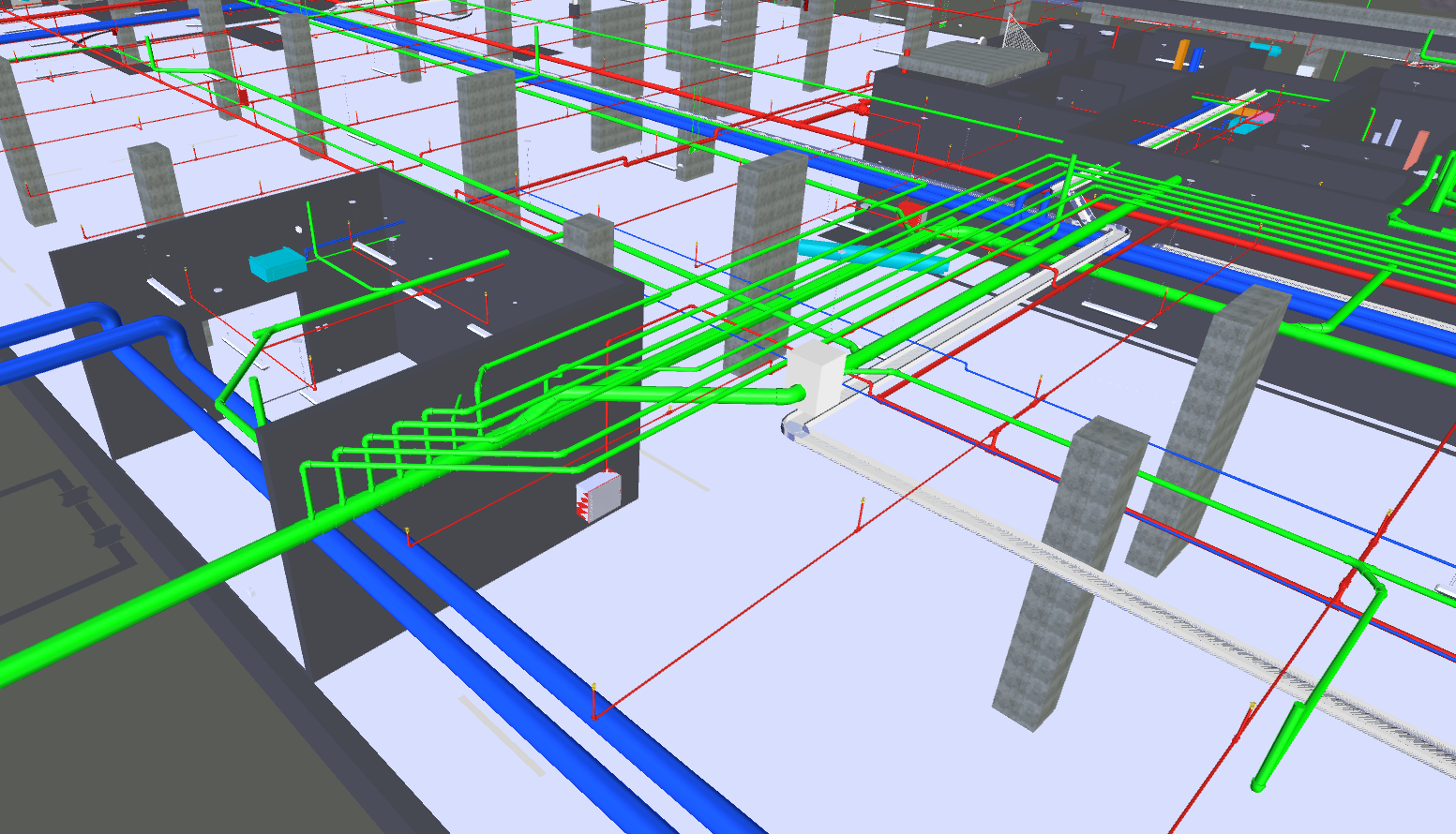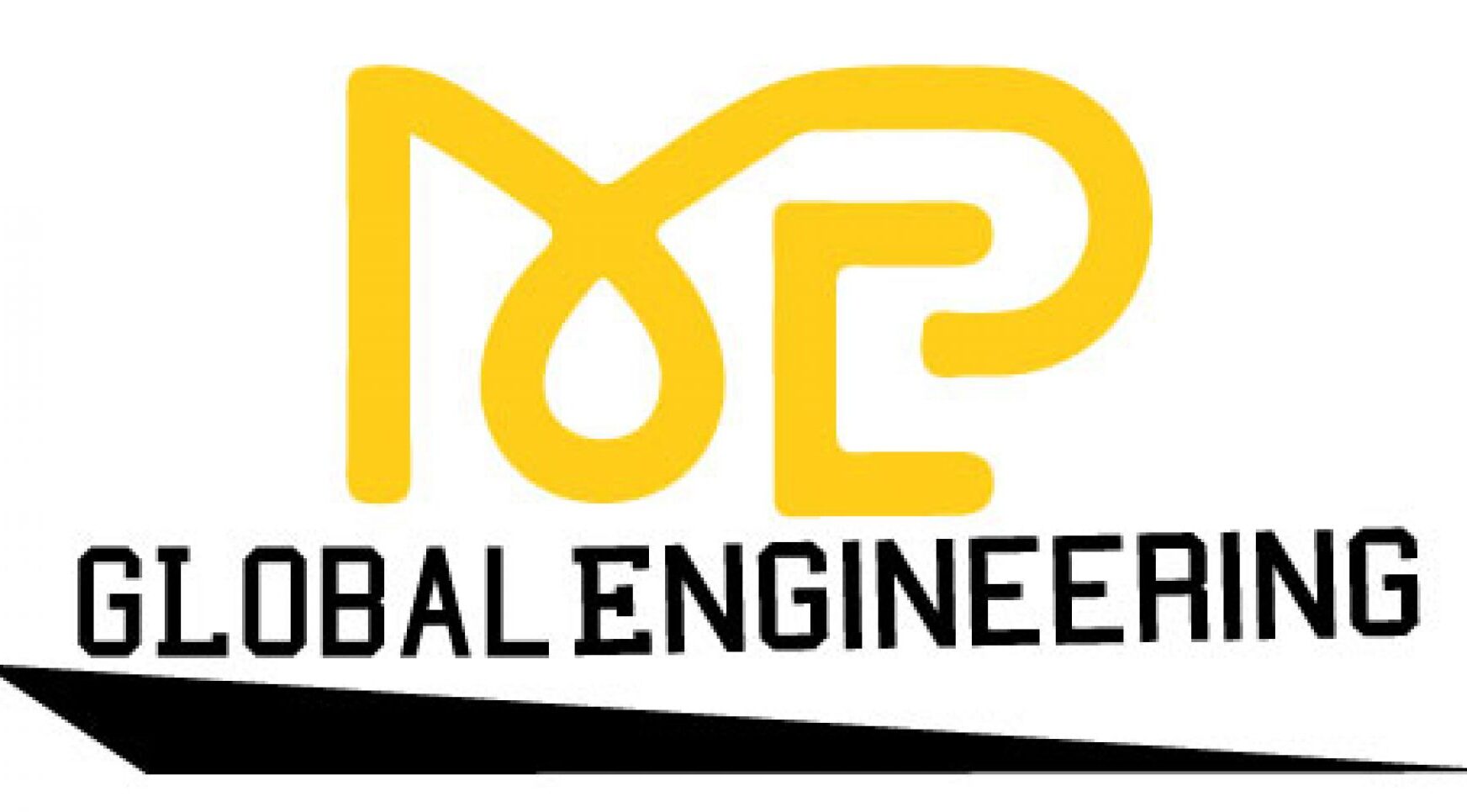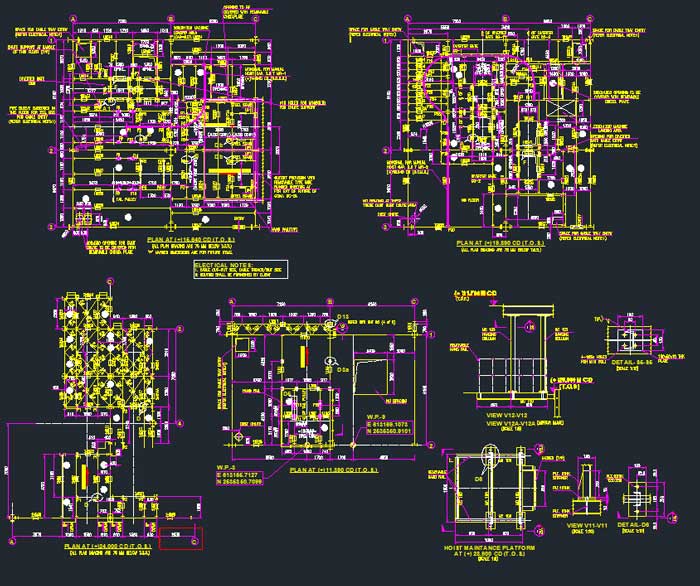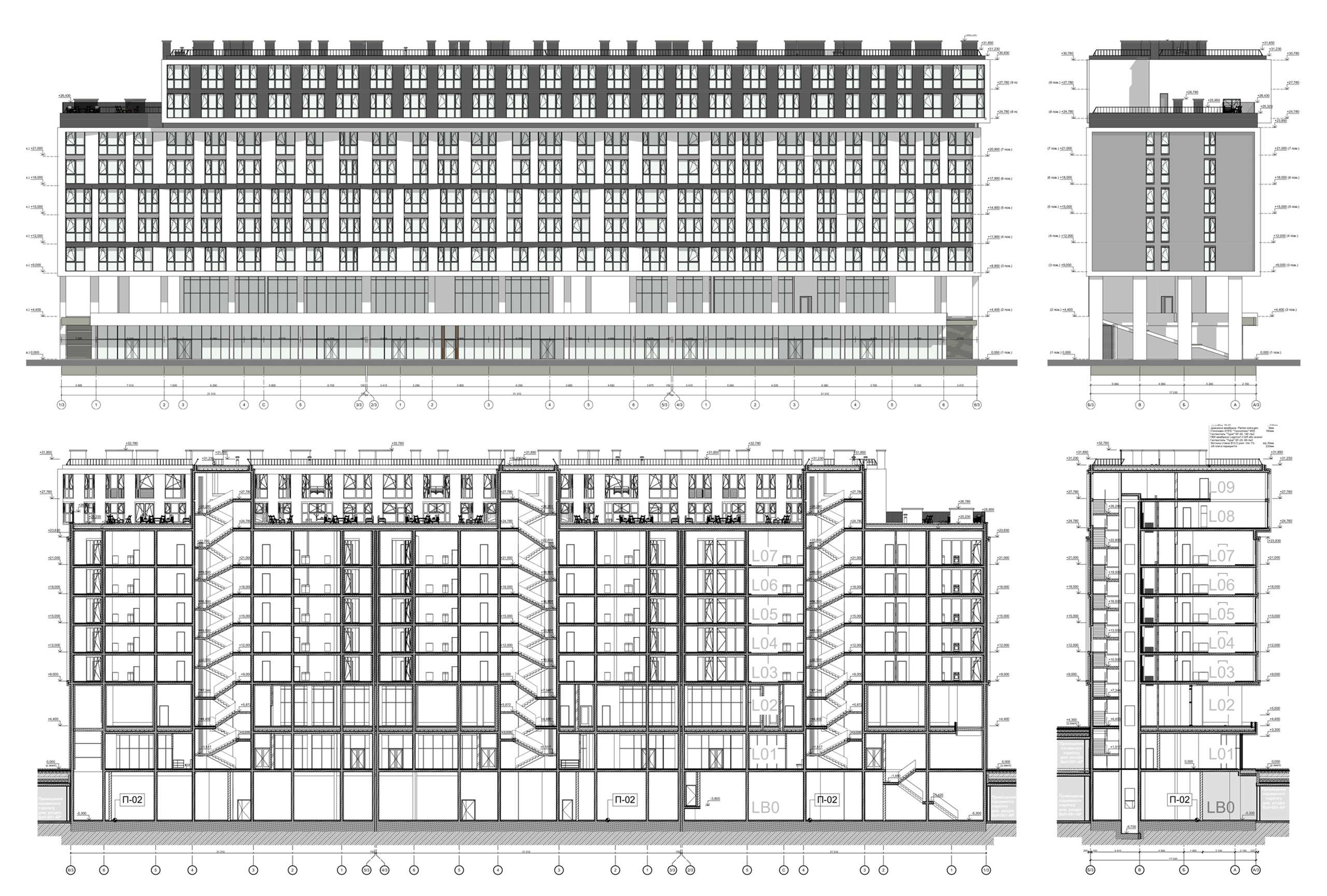
Model Coordination and Clash Detection Services by MEP Global Engineering
Mastering Model Coordination and Clash Detection Services with MEP Global Engineering
The benefits of BIM Model Coordination and Clash Detection in AEC projects are substantial and transformative. First and foremost, BIM Model Coordination enhances collaboration among project stakeholders by providing a unified platform where all design and construction data is easily accessible. This ensures that everyone is on the same page, reducing misunderstandings and miscommunications.
Clash Detection, on the other hand, identifies conflicts between different building systems—such as structural elements intersecting with mechanical ducts—before construction begins. Addressing these issues in the planning stage saves significant time and costs associated with rework during construction.
These technologies improve overall project efficiency. By streamlining workflows and enhancing accuracy in design execution, projects can be completed faster while maintaining high quality standards. The use of BIM coordination tools also facilitates better decision-making through detailed visualizations and simulations. In conclusion, adopting BIM Model Coordination and Clash Detection is not just advantageous but essential for modern AEC projects aiming for precision, efficiency, and cost-effectiveness.
The integration of these technologies fosters improved collaboration among various teams and stakeholders. By providing a centralized platform where all parties can access up-to-date information, potential conflicts are identified and resolved early in the project lifecycle. This proactive approach significantly reduces rework and delays, ultimately leading to substantial cost savings. It’s imperative for any firm within the architecture, engineering, and construction sectors to recognize that staying competitive necessitates embracing such advancements.
The traditional methods are no longer sufficient in meeting the demands of today’s complex projects. Therefore, investing in BIM Model Coordination and Clash Detection is not merely an option but a strategic necessity for achieving excellence in project delivery. Ignoring these tools could result in missed opportunities for innovation and growth. Firms that fail to adapt may find themselves lagging behind their more forward-thinking competitors. Consequently, it is incumbent upon industry leaders to champion the adoption of these technologies to drive progress and ensure sustainable success in their endeavors.
Here are the top 10 benefits that underscore why this technology is indispensable in modern construction management:
Early Detection of Issues:
BIM enables early detection of clashes and conflicts between different models, such as architectural, structural, and MEP (Mechanical, Electrical, and Plumbing). Identifying these issues early prevents costly corrections during the construction phase.
Reduced Rework:
By resolving clashes at the design stage, BIM significantly reduces the need for rework. This not only saves time but also conserves resources and reduces waste, leading to more sustainable construction practices.
Enhanced Collaboration:
BIM facilitates better collaboration among all stakeholders. Each discipline can input their data into the shared model, ensuring that everyone has access to the latest updates and changes, fostering a collaborative environment.
Increased Efficiency:
Streamlined workflows are a hallmark of effective BIM implementation. Clash detection tools like Navisworks automate the process of identifying and resolving conflicts, which speeds up project timelines and enhances productivity.
Improved Quality:
The precision and accuracy provided by BIM lead to higher quality construction. Detailed models help ensure that elements are manufactured and installed correctly, minimizing errors and defects.
Cost Savings:
By reducing rework, minimizing delays, and optimizing the use of materials, BIM can significantly lower the overall cost of a project. Accurate clash detection helps in precise budgeting and resource allocation.
Enhanced Safety:
Safety on the construction site can be improved through BIM by foreseeing potential structural issues and planning interventions in advance. This proactive approach to safety can help avoid accidents and ensure compliance with safety standards.
Better Project Visualization:
BIM models provide a 3D visualization of the project, which is invaluable for understanding complex structures and systems. This visualization aids in better decision-making and allows for more effective stakeholder presentations.
Seamless Integration:
BIM models can be seamlessly integrated with other systems and technologies, such as AR/VR for immersive visualization, or IoT for real-time monitoring, enhancing the overall utility of the digital model.
Long-term Facility Management:
Post-construction, a BIM model serves as a detailed digital blueprint of the building. This can be used for efficient facility management, including maintenance scheduling, space management, and future renovations or expansions.
In summary, BIM Model Coordination and Clash Detection are not just tools but foundational elements that enhance every aspect of AEC projects. They ensure that projects are completed on time, within budget, and to the highest standards of quality and safety. Assertive implementation of these technologies is non-negotiable for anyone aiming to lead in the competitive landscape of modern construction. Ignoring or underutilizing BIM Model Coordination and Clash Detection is simply not an option for any serious player in the industry. These technologies are indispensable for minimizing costly errors, reducing rework, and streamlining workflows. They facilitate better communication among stakeholders, ensuring everyone is on the same page from the project’s inception through to its completion.
To remain competitive, firms must commit to fully integrating these tools into their processes. This commitment will drive innovation, improve efficiency, and ultimately deliver superior results that meet or exceed client expectations. The future of construction hinges on our ability to leverage these advanced technologies effectively; anything less would be a disservice to our projects and clients alike.
By prioritizing BIM Model Coordination and Clash Detection, we set a new standard for excellence in construction management—one that others will inevitably have to follow if they wish to keep up with the evolving demands of this dynamic industry.




Benefits of Implementing 3D BIM Modeling in Construction
[…] BIM models facilitate advanced analyses such as clash detection, energy performance simulations, and lifecycle management. By leveraging these capabilities, project […]
The Benefits of BIM Coordination and Clash Detection - MEP
[…] ability to detect clashes early in the design and planning phases is crucial. It allows teams to identify and resolve […]
Benefits of MEP 3D Modeling in Construction Projects
[…] ability of MEP BIM Services to coordinate multiple systems in a single model is a major benefit. By reducing conflicts between different fields, this integration lowers rework […]